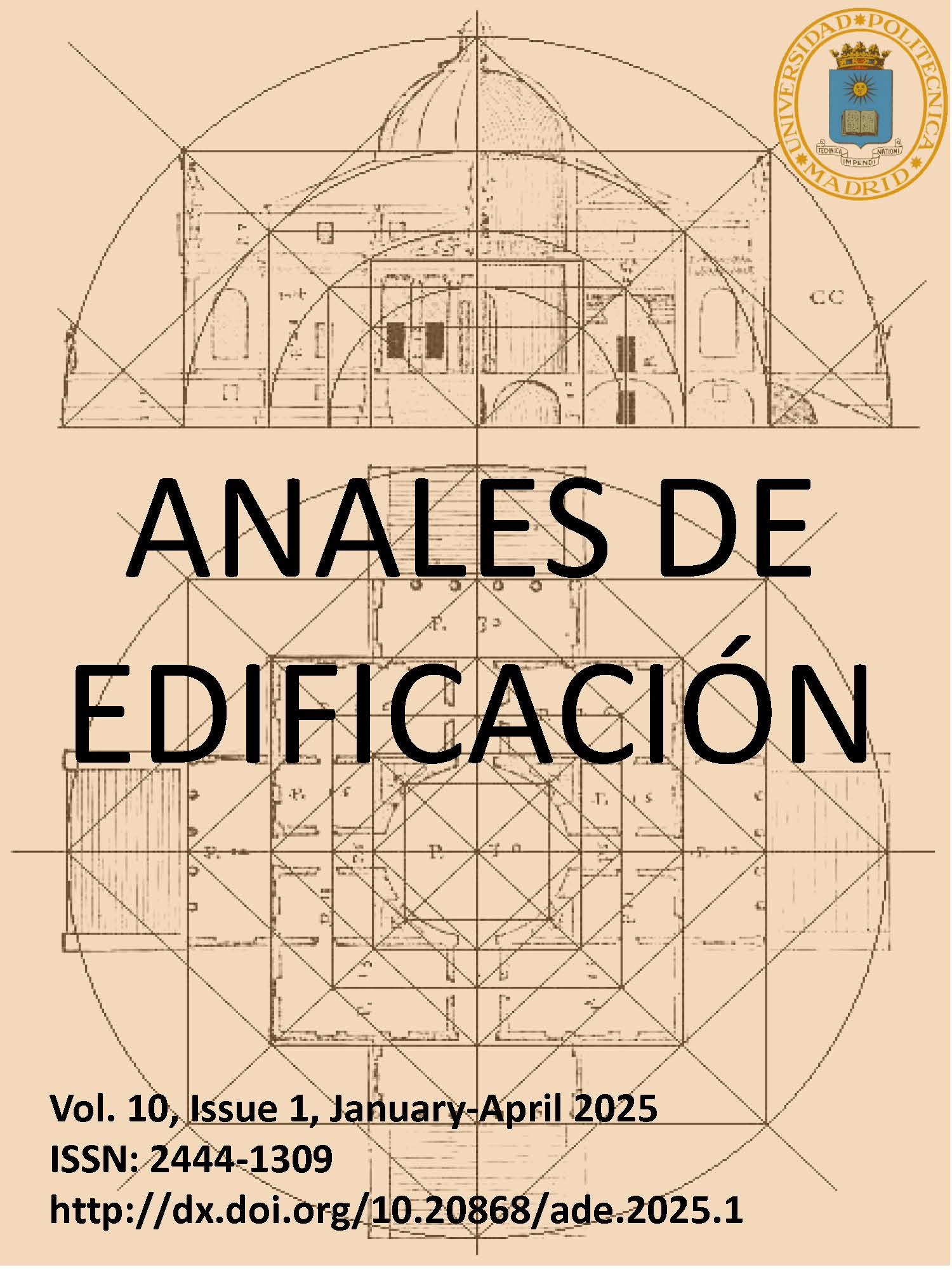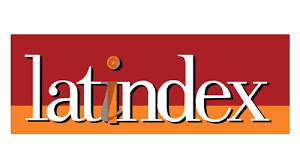Energy study for the rehabilitation of the old Abbey of Salas de Bureba (Burgos) for residential use. Case study
DOI:
https://doi.org/10.20868/ade.2025.5401Keywords:
Energy efficiency, heritage, rehabilitation, demographic challengeAbstract
The renovation of buildings is key to the fight against climate change and offers opportunities to fix the population in rural areas, revalue their heritage and help decongest cities. In addition, it has a lower environmental impact than new construction. With this contribution, the energy study for the rehabilitation of the old Abbey of Salas de Bureba, located in the Caderechas Valley, north of Burgos, is presented. The aim is to return the building to its original state, so most of the facades will not be able to be insulated. A detailed energy simulation has been conducted and all viable options have been analysed, applying passive improvements combined with the installation of renewable energies. This project, whose implementation has already begun, has obtained a double A energy rating, which has allowed it to apply for aid from the PREE 5000 Programme.
Downloads
References
1. AENOR, Ventanas y puertas. Permeabilidad al aire. Clasificación. https://www.une.org/encuentra-tu-norma/busca-tu-norma/norma?c=N0058081, 2017 (acceso 26 febrero 2023).
2. Archivo Histórico de la Catedral de Burgos, Copia auténtica. Ante Juan Bautista Hernández, notario. Posesión otorgada por el Cabildo de la Catedral de Burgos, Burgos, 1581, Referencia: RR – 63, Unidad Documental: 20 – 34, Folios: 20 – 21.
3. A.Blanco Diaz, Adición a los libros impresos burgaleses:Proyección de recuerdos de la primera mitad del siglo XVII: [02] (continuación), Editorial de la Diputación Provincialde Burgos, Burgos, 1948.
4. Cabildo Catedralicio de Burgos, Acta de reunión del 21 de enero de 1556. (sin acceso).Fundación Santa María la Real, Románico digital. Salas de Bureba. https://www.romanicodigital.com/sites/default/files/pdfs/files/burgos_SALAS_DE_BUREBA.pdf, 2019 (acceso 7 marzo 2023).
5. Ministerio de Transportes, Movilidad y Agenda Urbana del Gobierno de España, Documento Básico de Ahorro de Energía (DB-HE) del Código Técnico de la Edificación (CTE). https://www.codigotecnico.org/DocumentosCTE/AhorroEnergia.html, 2022 (acceso 21 febrero 2023).
6. Ministerio para la Transición Ecológica y el Reto Demográfico del Gobierno de España, Programa PREE 5000 de rehabilitación energética para edificios existentes en municipios de reto demográfico.https://www.idae.es/ayudas-y-financiacion/para-la-rehabilitacion-de-edificios/programa-pree-5000-rehabilitacion, 2021 (acceso 21 febrero 2023).
7. Ministerio de Transportes, Movilidad y Agenda Urbana del Gobierno de España, Herramienta Unificada LIDER-CALNER (HULC).https://www.codigotecnico.org/Programas/HerramientaUnificadaLIDERCALENER.html, 2022 (acceso 25 febrero 2023).
8. Ministerio de Fomento del Gobierno de España, Catálogo de Elementos Constructivos (CEC).https://itec.cat/cec/Pages/BusquedaSC.aspx, 2011 (acceso 26 febrero 2023).
9. Ministerio de Transportes, Movilidad y Agenda Urbana del Gobierno de España, DA DB – HE / 1 – Cálculo de los parámetros característicos de la envolvente. https://www.codigotecnico.org/DocumentosCTE/AhorroEnergia.html, 2020 (acceso 26 febrero 2023)
Downloads
Published
Issue
Section
License
Copyright (c) 2025 Autor / BY-NC

This work is licensed under a Creative Commons Attribution-NonCommercial-NoDerivatives 4.0 International License.
Anales de Edificación does not charge authors for processing or publishing an article and provides immediate Open Access to its content. All content is available free of charge to the user or his institution. Users are permitted to read, download, copy, distribute, print, search or link to the full text of articles, or use them for any other lawful purpose, without prior permission from the publisher or author. This is in accordance with the BOAI definition of open access.
- Authors retain the copyright and grant to the journal the right to a Creative Commons attribution / Non-Commercial / Non-Derivative 4.0 International (CC BY NC ND) License that allows others to share the work with an acknowledgement of authorship and non-commercial use.
- Authors may separately establish additional agreements for the non-exclusive distribution of the version of the work published in the journal (for example, placing it in an institutional repository or publishing it in a book).
Unless otherwise indicated, all contents of the electronic edition are distributed under a Creative Commons license.












